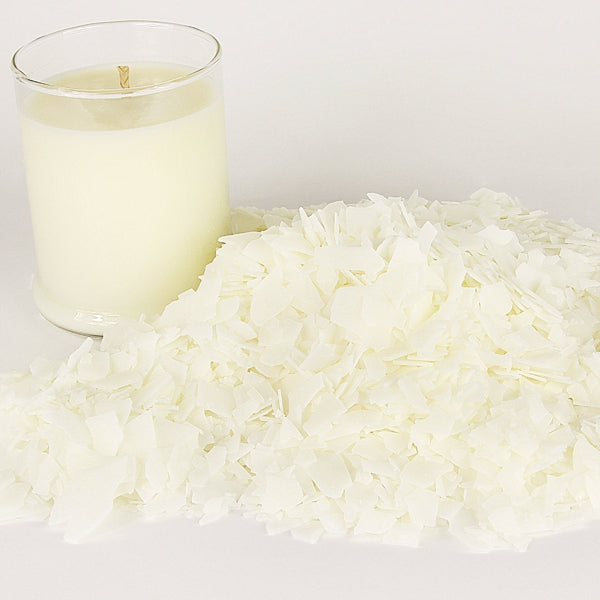Raise Your Area with Premium Soy Wax Candles and Home Fragrance
Raise Your Area with Premium Soy Wax Candles and Home Fragrance
Blog Article
From Wick to Wax: Comprehending the Chemistry Behind Soy Wax Candles and Their Ecological Influence
As we brighten our rooms with the warm radiance of candle lights, there lies a world of complex chemistry behind the apparently straightforward act of lighting a soy wax candle light. The selection between soy and paraffin wax prolongs beyond mere looks, delving into the world of environmental impact and the very make-up of the materials. Understanding the molecular structure of soy wax and its burning procedure clarifies the emissions launched right into our environments. Join us as we decipher the clinical complexities behind soy wax candle lights and discover their implications on our setting.
Soy Wax Vs. Paraffin Wax
When comparing soy wax and paraffin wax for candle making, it is vital to understand the unique qualities and benefits of each product. Soy wax is a natural, renewable energy originated from soybean oil, making it biodegradable and eco-friendly - soy wax candles. On the other hand, paraffin wax is a result of petroleum refining, which elevates worries about its ecological impact and sustainability
Soy wax candles burn cleaner and emit less residue compared to paraffin wax candle lights, making them a healthier selection for interior air quality. In addition, soy wax has a reduced melting factor, enabling a longer-lasting candle that spreads scent more efficiently. Paraffin wax, on the various other hand, often tends to burn faster and less cleanly, potentially launching damaging chemicals right into the air.
From a sustainability perspective, soy wax is favored for its biodegradability and eco-friendly sourcing, straightening with the growing customer choice for ecologically mindful items. While paraffin wax has actually been a traditional choice in candle light making as a result of its price and convenience of use, the shift in the direction of green alternatives like soy wax is obtaining energy in the industry.
Chemical Structure of Soy Wax

Burning Refine in Soy Candles
The chemical make-up of soy wax directly affects the combustion procedure in soy candle lights, impacting variables such as burn time, aroma release, and environmental impact. When a soy candle is lit, the warmth from the flame thaws the wax near the wick.
The burning effectiveness of soy candles is affected by the purity of the soy wax and the high quality of the wick. Additionally, soy wax candle lights have a reduced ecological impact contrasted to paraffin candle lights due to their naturally degradable and renewable nature.

Ecological Advantages of Soy Wax

Taken into consideration a sustainable alternative to typical paraffin wax, soy wax provides remarkable environmental advantages that make it a preferred choice among eco-conscious consumers. Soy wax burns cleaner and generates much less soot than paraffin wax, adding to better indoor air top quality and decreasing the need for cleaning and upkeep. Overall, the environmental advantages of soy wax line up with the expanding demand for environment-friendly and sustainable products in the market.
Recycling and Disposal Factors To Consider
Reusing and proper disposal of soy wax candle lights play a critical duty in maintaining environmental sustainability and decreasing waste in houses and areas. When it concerns reusing soy wax candle lights, the first step is to guarantee that the candle light has burned totally. This can be achieved by allowing the candle to shed up until the wick is no more usable, and afterwards letting the staying wax cool and solidify. When the wax has strengthened, it can be carefully eliminated from the container.

In terms of disposal, if recycling is not an option, soy wax candle lights are biodegradable and can be safely dealt with in most household waste systems. It is always advised to check with regional recycling facilities or waste monitoring services for specific standards on candle disposal to guarantee proper handling and environmental security.
Verdict
In conclusion, the chemistry behind soy wax candles exposes their ecological advantages over paraffin wax candle lights. Soy wax, derived from soybean oil, burns cleaner and creates much less soot Extra resources when contrasted to paraffin wax.
When contrasting soy wax and paraffin wax for candle production, it is vital to recognize the distinct attributes and advantages of each material (candles).Soy wax candles shed cleaner and give off much less residue contrasted to paraffin wax candle lights, making them a healthier option for interior air top quality.Considered a sustainable alternative to standard paraffin wax, soy wax supplies notable environmental benefits that make it a preferred option among eco-conscious consumers. Soy wax burns cleaner and generates much less soot than paraffin wax, contributing to better interior air high quality and minimizing the requirement for cleansing and upkeep.In final thought, the chemistry behind soy wax candle original site lights exposes their ecological advantages over paraffin wax candles
Report this page